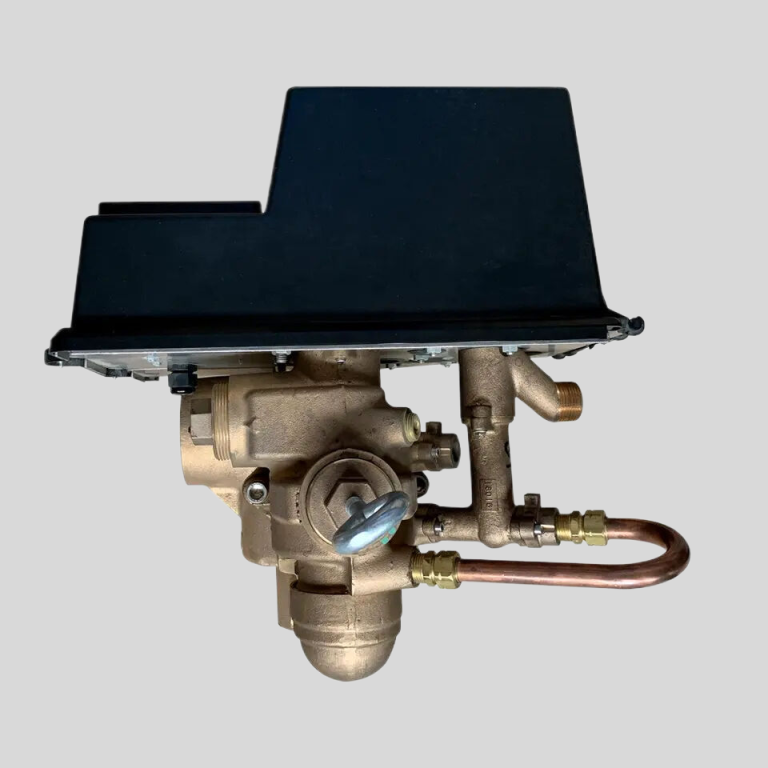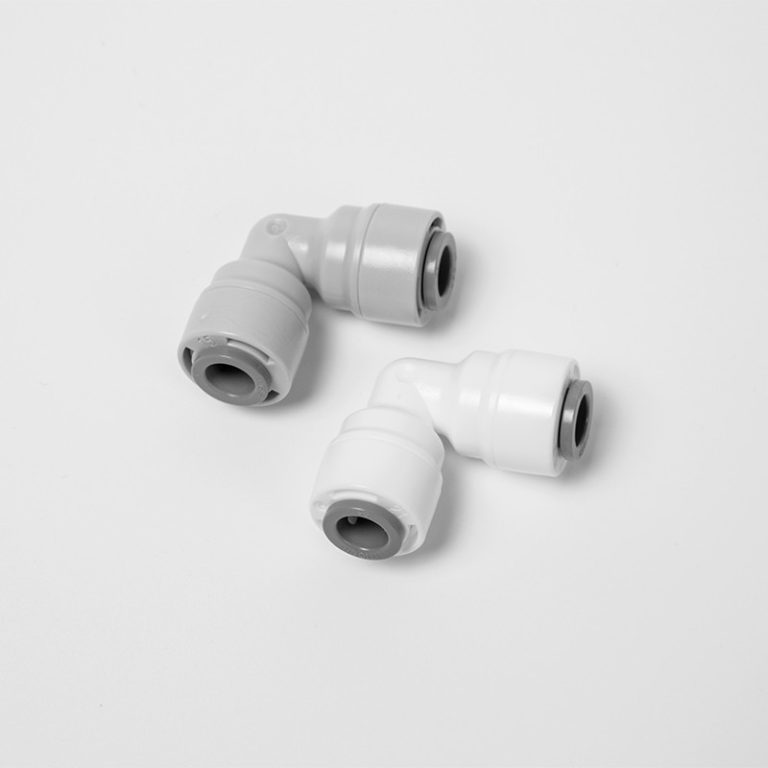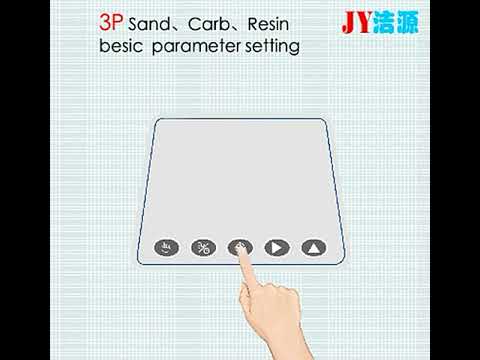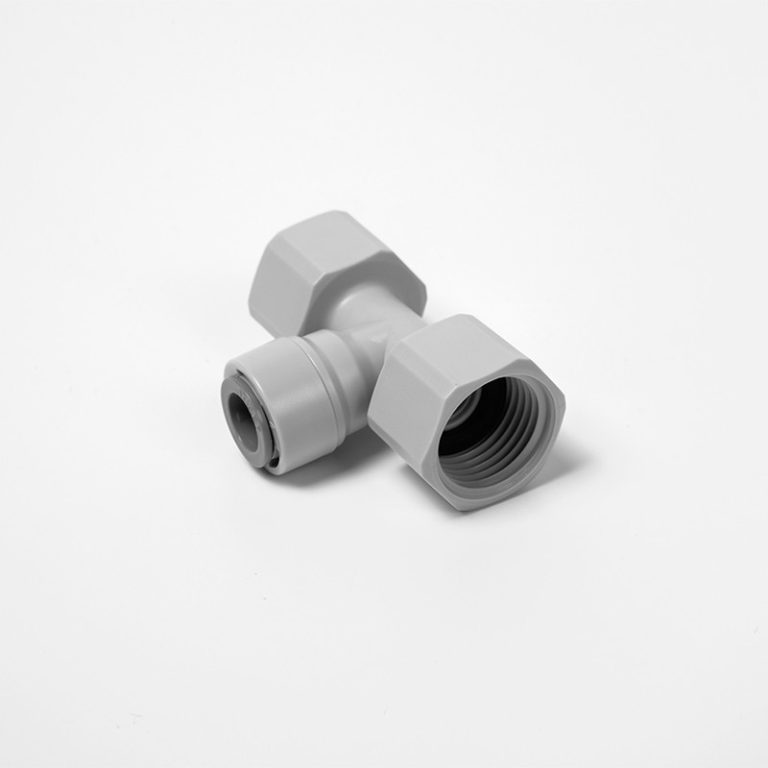“قم بالقياس بدقة، وأطلق العنان لقوة التوصيل.”
فهم أساسيات أجهزة قياس التوصيلية الكهربية
أحد العوامل المهمة التي يجب مراعاتها عند استخدام مقياس التوصيلية الكهربية هو درجة الحرارة. تعتمد موصلية المحلول بشكل كبير على درجة الحرارة، حيث تؤثر درجة الحرارة على حركة الأيونات. تحتوي معظم أجهزة قياس التوصيلية الكهربية على ميزات تعويض درجة الحرارة المضمنة التي تضبط القراءات بناءً على درجة حرارة المحلول. وهذا يضمن الحصول على قياسات دقيقة بغض النظر عن التغيرات في درجات الحرارة.بالإضافة إلى قياس موصلية المحلول، يمكن لبعض أجهزة قياس التوصيلية المتقدمة أيضًا قياس معلمات أخرى مثل إجمالي المواد الصلبة الذائبة (TDS) والملوحة. يشير TDS إلى الكمية الإجمالية للمواد الذائبة في المحلول، بما في ذلك الأيونات والمركبات غير الأيونية. من ناحية أخرى، تقيس الملوحة تركيز الملح في المحلول على وجه التحديد. يمكن أن توفر هذه القياسات الإضافية مزيدًا من الأفكار حول تركيبة الحل وجودته.في الختام، تعد أجهزة قياس التوصيل الكهربائي أدوات أساسية لقياس التوصيل الكهربائي للحلول. من خلال فهم المبادئ الأساسية وراء عملها، يمكن للمستخدمين الحصول على قياسات دقيقة وموثوقة لتركيز الأيونات. تُستخدم أجهزة قياس التوصيلية الكهربية على نطاق واسع في العديد من الصناعات، كما أن قدرتها على قياس التوصيلية الكهربية والمواد الصلبة الذائبة والملوحة تجعلها أدوات متعددة الاستخدامات. ومن خلال المعايرة المناسبة وتعويض درجة الحرارة، يمكن لأجهزة قياس التوصيلية الكهربية أن توفر معلومات قيمة حول التركيب الكيميائي وجودة المحاليل.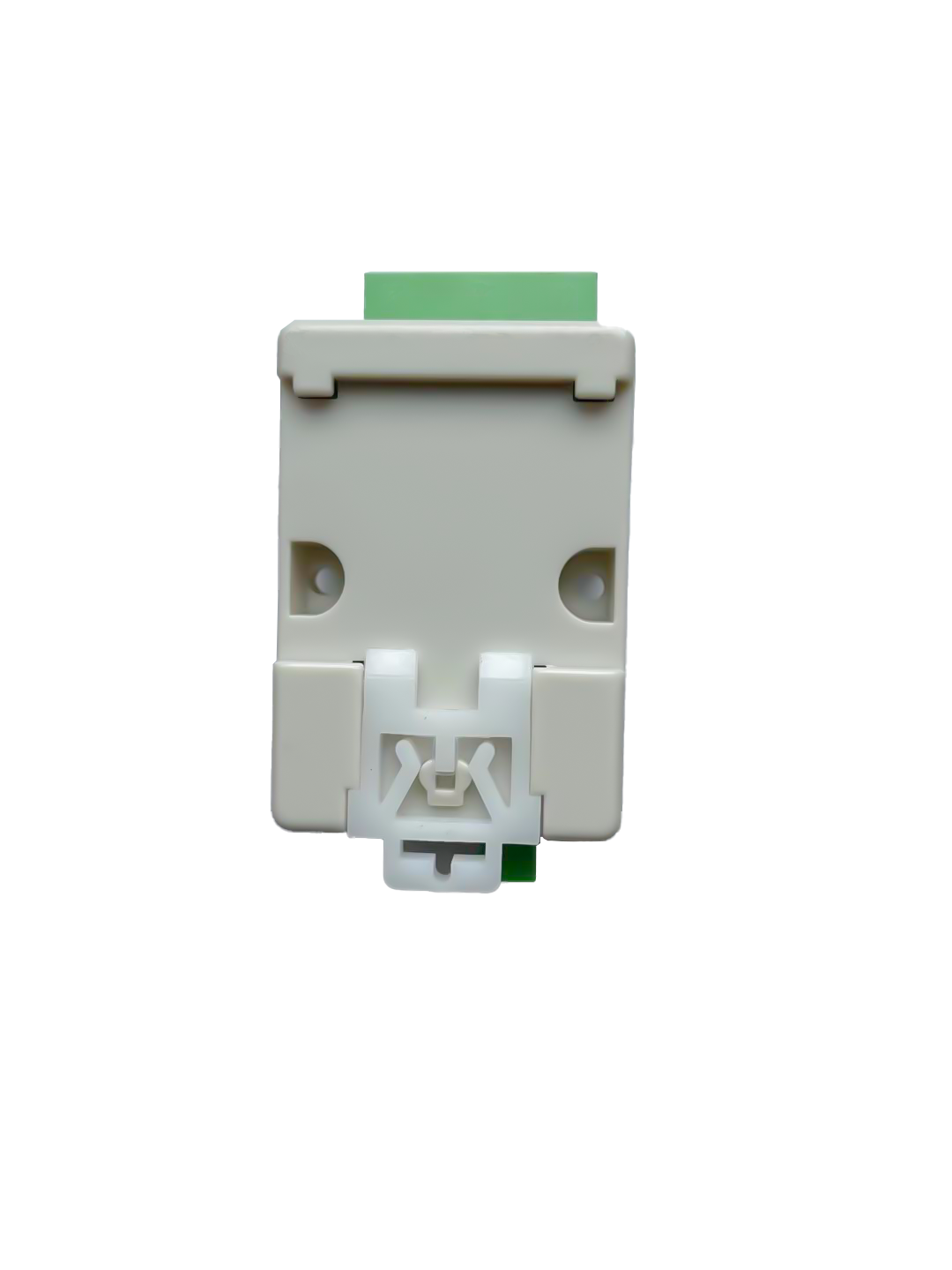 One important factor to consider when using a conductivity meter is temperature. The conductivity of a solution is highly dependent on temperature, as temperature affects the mobility of ions. Most conductivity meters have built-in temperature compensation features that adjust the readings based on the temperature of the solution. This ensures that accurate measurements are obtained regardless of temperature variations.In addition to measuring the conductivity of a solution, some advanced conductivity meters can also measure other parameters such as total dissolved solids (TDS) and salinity. TDS refers to the total amount of dissolved substances in a solution, including both ions and non-ionic compounds. Salinity, on the other hand, specifically measures the concentration of salt in a solution. These additional measurements can provide further insights into the composition and quality of a solution.In conclusion, conductivity meters are essential tools for measuring the electrical conductivity of solutions. By understanding the basic principles behind their operation, users can obtain accurate and reliable measurements of ion concentration. Conductivity meters are widely used in various industries, and their ability to measure conductivity, TDS, and salinity makes them versatile instruments. With proper calibration and temperature compensation, conductivity meters can provide valuable information about the chemical composition and quality of solutions.
One important factor to consider when using a conductivity meter is temperature. The conductivity of a solution is highly dependent on temperature, as temperature affects the mobility of ions. Most conductivity meters have built-in temperature compensation features that adjust the readings based on the temperature of the solution. This ensures that accurate measurements are obtained regardless of temperature variations.In addition to measuring the conductivity of a solution, some advanced conductivity meters can also measure other parameters such as total dissolved solids (TDS) and salinity. TDS refers to the total amount of dissolved substances in a solution, including both ions and non-ionic compounds. Salinity, on the other hand, specifically measures the concentration of salt in a solution. These additional measurements can provide further insights into the composition and quality of a solution.In conclusion, conductivity meters are essential tools for measuring the electrical conductivity of solutions. By understanding the basic principles behind their operation, users can obtain accurate and reliable measurements of ion concentration. Conductivity meters are widely used in various industries, and their ability to measure conductivity, TDS, and salinity makes them versatile instruments. With proper calibration and temperature compensation, conductivity meters can provide valuable information about the chemical composition and quality of solutions.

